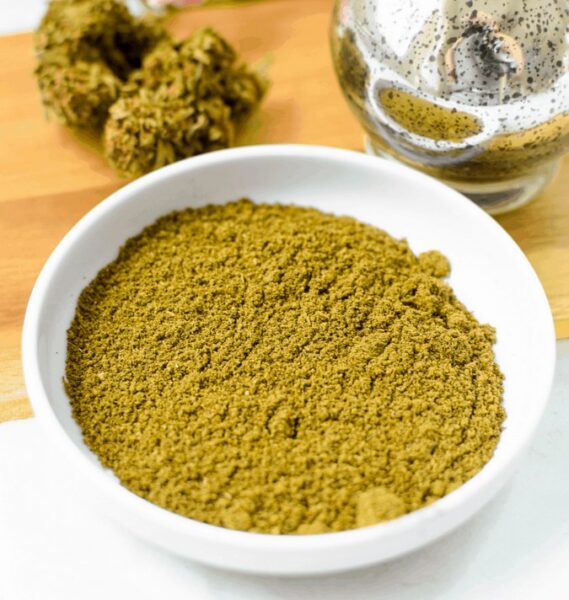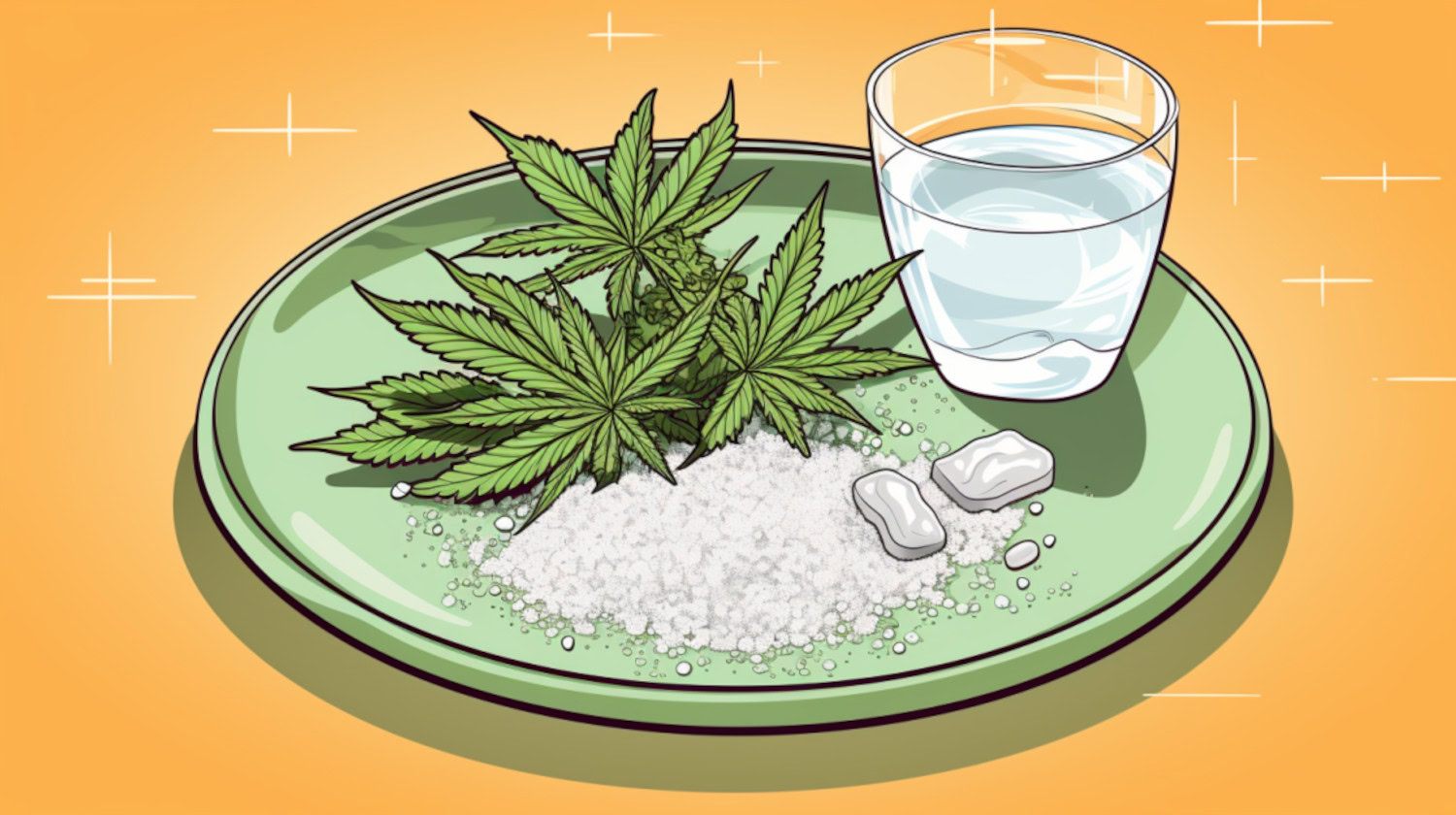The advent of cannabis legalization has spurred innovation in how cannabinoids are consumed. Among the latest advancements is water-soluble THC powder, a revolutionary form of cannabis extract that promises faster onset and increased bioavailability compared to traditional methods. This blog post explores the scientific principles behind water-soluble THC powder, its benefits, and its potential impact on the cannabis industry.
Understanding Water-Soluble THC Powder
Water-soluble THC powder, also known as THC powder dissolvable, represents a significant breakthrough in cannabis consumption technology. Unlike traditional cannabis edibles or oils, which require digestion and metabolism before cannabinoids take effect, water-soluble THC powder dissolves instantly in liquids. This allows cannabinoids like THC to enter the bloodstream more rapidly through the mucous membranes in the mouth and throat, leading to quicker onset and more predictable effects.
The Science Behind Solubility
The key challenge in formulating water-soluble THC powder lies in the hydrophobic nature of cannabinoids like THC. These compounds are insoluble in water, making them difficult for the body to absorb efficiently. To overcome this hurdle, scientists employ advanced techniques such as nanoemulsion technology. Nanoemulsions encapsulate THC molecules in tiny droplets, reducing their size to a nanometer scale. This process increases the surface area of cannabinoids exposed to water, enhancing their solubility and bioavailability.
Bioavailability and Absorption
Bioavailability refers to the proportion of a substance that enters circulation when introduced into the body and is thus able to have an active effect. Water-soluble THC powder significantly enhances bioavailability compared to traditional cannabis products. Studies have shown that nanoemulsified cannabinoids can be absorbed up to four times more effectively than non-emulsified counterparts. This means users can achieve desired effects with lower doses, reducing the risk of overconsumption and improving cost-effectiveness.
Advantages Over Traditional Methods
Water-soluble THC powder offers several advantages over traditional cannabis consumption methods:
Rapid Onset: Users experience effects within minutes, compared to the typical 30-90 minutes for edibles.
Precise Dosage: Consistent cannabinoid concentration allows for accurate dosing, minimizing variability in effects.
Discreet Consumption: Easily mixed into beverages or dissolved under the tongue, offering a discreet alternative to smoking or vaping. Reduced GI Irritation: Unlike edibles, which can cause stomach upset or nausea, water-soluble THC powder bypasses the digestive system, reducing gastrointestinal irritation.
Applications and Potential Uses
Water-soluble THC powder is poised to revolutionize not only recreational cannabis consumption but also medical applications. Medical cannabis patients, particularly those seeking fast relief from pain, anxiety, or nausea, can benefit from the rapid onset and predictable effects of this innovative product. Additionally, the versatility of water-soluble THC powder allows for incorporation into a wide range of products, including beverages, tinctures, and even topical formulations.
Regulatory Landscape and Market Trends
As cannabis legalization spreads globally, the market for cannabis-derived products continues to expand. Water-soluble THC powder has attracted significant attention from consumers and investors alike for its potential to disrupt existing product categories and create new revenue streams. Online retailers and dispensaries are increasingly offering water-soluble THC powder online, catering to a growing demand for innovative cannabis products that combine convenience with effectiveness.

Challenges and Considerations
Despite its promise, the widespread adoption of water-soluble THC powder faces several challenges. Regulatory frameworks governing cannabis products vary widely by jurisdiction, impacting market access and consumer education. Additionally, formulation consistency and stability are critical factors influencing product quality and shelf life. Addressing these challenges requires ongoing research, development, and collaboration between scientists, manufacturers, and regulatory authorities.
Future Directions
Looking ahead, the future of water-soluble THC powder appears bright. Continued advancements in nanoemulsion technology and cannabinoid research hold the potential to further enhance product efficacy and consumer satisfaction. As consumer preferences evolve towards safer, more convenient cannabis consumption methods, water-soluble THC powder is likely to play a pivotal role in shaping the next generation of cannabis products.
Final Thoughts
In conclusion, water-soluble THC powder represents a groundbreaking innovation in cannabis consumption technology, driven by scientific research and technological advancement. By improving bioavailability, reducing onset time, and enhancing product versatility, water-soluble THC powder offers a compelling alternative to traditional cannabis products. As regulatory barriers evolve and consumer awareness grows, the market for water-soluble THC powder online is poised to expand, unlocking new opportunities for both recreational and medical cannabis users alike.
Discover the future of cannabis innovation with NanoHempTechLabs’ premium water-soluble THC powder. Enhance your product offerings with our cutting-edge nanoemulsion technology, ensuring superior bioavailability and rapid onset for your customers. Elevate your brand’s appeal and meet growing consumer demand for effective, discreet cannabis solutions. Schedule a call today to explore partnership opportunities and learn how NanoHempTechLabs can empower your business with innovative cannabinoid solutions. Join us in leading the market with science-driven products that redefine cannabis consumption.
Reference:
- Dhande, L., Deshmukh, M., Khopade, A., Shete, R., & Kunjir, V. (2021). A review on solubility enhancement by solid dispersion method. Journal of Drug Delivery and Therapeutics, 11(1), 182-187. https://doi.org/10.22270/jddt.v11i1.4489





